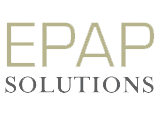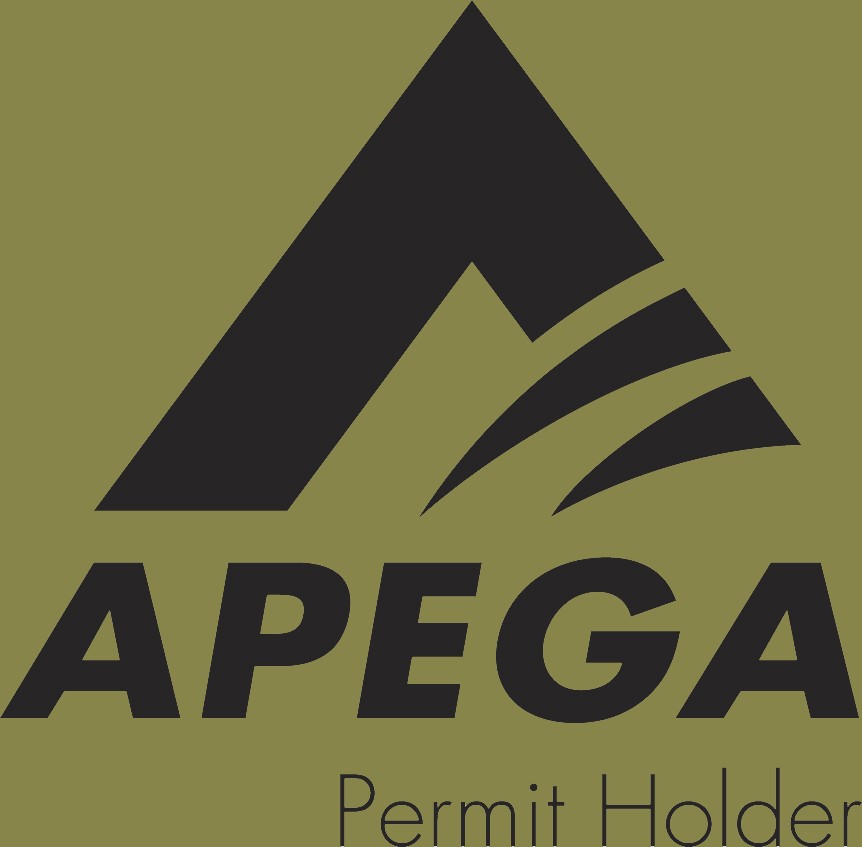This page contains the set of EPAP-related definitions shown in an appendix to Directive 076:Operator Declaration Regarding Measurement and Reporting Requirements or in Directive PNG076: Enhanced Production Audit Program (EPAP).
For the purpose of AER Directive 076, the following definitions are used. For more details, please see the EPAP Operator’s Handbook.
Business Process
A sequence of related, structured tasks that achieve a specific business goal.
See a graphical view of the relationship among business processes, controls and evaluations of controls.
Control
A process designed to provide a reasonable level of assurance that the underlying business process ensures compliance with AER measurement and reporting requirements.
In an EPAP context, most of the controls are facility-level controls and some of the controls are company-level controls as shown in Attachment A of the EPAP Declaration.
See a graphical view of the relationship among business processes, controls and evaluations of controls.
Control Deficiency
The state that exists when controls do not provide a reasonable level of assurance over the achievement of compliance with AER measurement and reporting requirements. The reason for the deficiency can exist either in the control or in the underlying business process.
Control Environment
The control environment sets the tone of an organization, influencing the control consciousness of its people. It is the foundation for all other components of internal control, providing discipline and structure. Control environment factors include the integrity, ethical values and competence of the entity’s people; management’s philosophy and operating style; the way management assigns authority and responsibility, and organizes and develops its people; and the attention and direction provided by the board of directors.
This definition has been copied from the COSO document: Internal Control – Integrated Framework.
Also read a similar definition of control environment on Wikipedia.
In an EPAP context, the control environment consists of the set of controls that mitigate the risk of noncompliance with AER measurement and reporting requirements.
Declaration Period
The 12 calendar months that the declaration is to cover, ending with the chosen declaration month.
Evaluation of Controls
A process by which an operator evaluates the effectiveness of the design and operation of a control in addressing the risk of noncompliance. The evaluation of controls may include assessing the underlying business process.
See a graphical view of the relationship among business processes, controls and evaluations of controls.
Facility
Any building, structure, installation, equipment, or appurtenance over which the AER has jurisdiction and that is connected to or associated with the recovery, development, production, handling, processing, treatment, or disposal of hydrocarbon-based resources or any associated substances or wastes, including wells. Note that for the purposes of this directive, the definition of facility
- focuses on facilities for which data are reported to Petrinex or the AER, and
- includes wells.
Infrastructure
The environment in the organization established by the senior executives in response to the needs of the organization in addressing AER requirements by
- developing effective organizational structure, procedure manuals, operating instructions, job descriptions, and training materials that define authority and responsibility;
- communicating management’s philosophy, codes of conduct, and operating style to all the employees and evidence that employees have confirmed their knowledge and understanding;
- enhancing integrity, ethics, and competence of all the employees;
- managing effectively the internal and external influences that affect the operator’s operations; and
- establishing effective human resource policies and procedures for hiring and managing the employees.
Operator
The person or organization who keeps records and submits production reports to Petrinex or the AER for a facility, whether or not that organization is the sole licensee or approval holder for all parts of the facility. “Operator” is synonymous with “Operator of Record” as used at Petrinex. Note that for the purposes of measurement and reporting, the emphasis is on the organization that reports to Petrinex or the AER, not the organization that may control or undertake the day-to-day operations and activities at all or part of a facility.
Measurement and Reporting Requirements
The term “measurement” as used in AER directives generally means “measurement, recording, and reporting.” While measurement is the determination of a volume, recording and reporting are integral components of measurement in that after a fluid volume is “measured,” mathematical procedures (recording) may have to be employed to arrive at the desired volume to be “reported.” Notwithstanding this all-encompassing definition, for sake of emphasis this directive refers to “measurement and reporting” recognizing that separate functions take place in the field and in the office.
For a list of directives relevant to measurement, review the list in the frequently asked question: Where are AER measurement and reporting requirements described?
Reasonable Level of Assurance
“Level of assurance” is the degree of confidence one has in a statement. A “reasonable” level of assurance does not mean absolute assurance and might not even mean a “very high” level of assurance, but it is enough, for all practical purposes, to make senior executives comfortable with signing the declaration. What is reasonable depends on many factors, including the executive, the organizational culture, and the resources required to increase the level of assurance.
Remediation
A process, effected by an operator’s management, to
- correct control deficiencies identified by the operator during the evaluation of controls, and
- correct deficiencies identified by the AER.
Senior Executive
The person within the operator’s management who holds provincial authority within the operator’s management, to direct resources to execute and measure progress of
- the evaluations of controls, and
- remediation of deficiencies.



